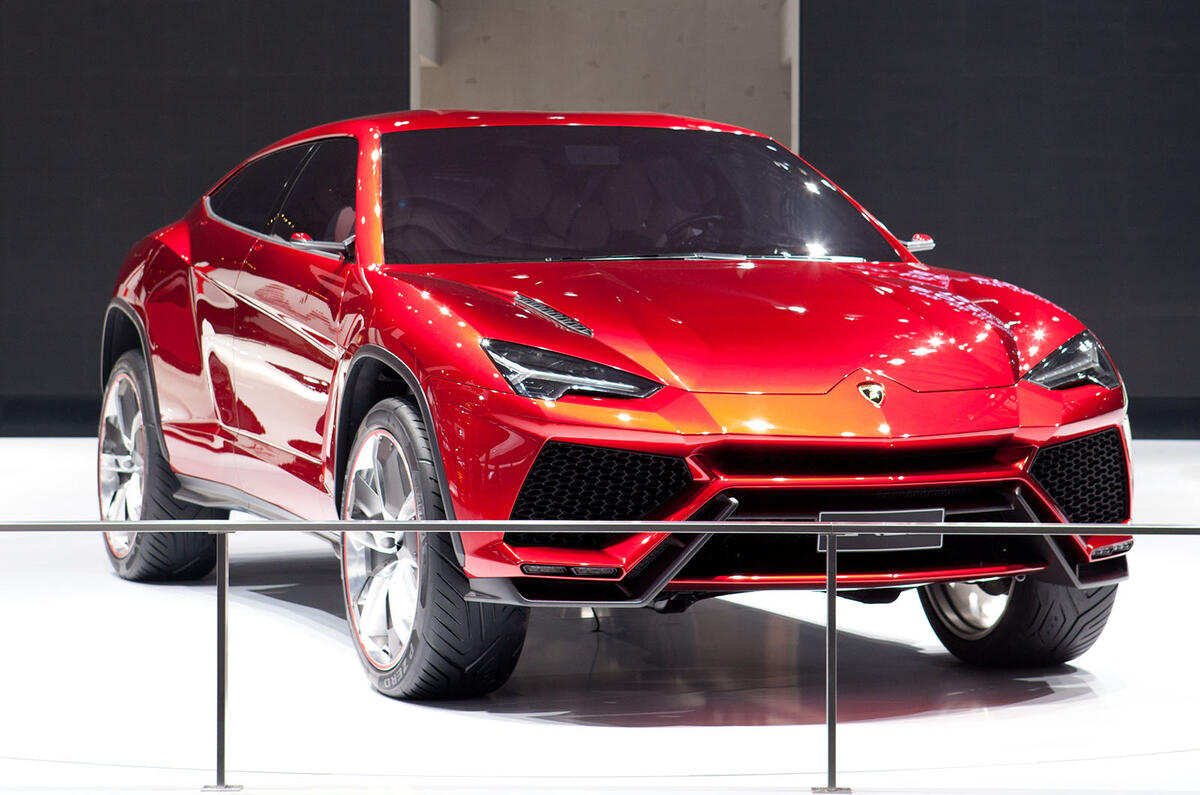The only surprising thing about Audi and Lamborghini giving the green light to the Urus super-premium SUV is that it took so long.
It’s just over three years since the concept was unveiled the night before the Beijing Auto show in 2012.
With premium brands so often keen on using their heritage as a guide to the future, Lamborghini was by far the best placed of all the super-premium brands to enter the SUV market.
Few car enthusiasts are not familiar with the bizarre LM002, a giant pseudo-military vehicle, which is said to have begun life as a vehicle aimed at oil exploration companies.
Made for just six years - and totaling just under 300 units - the LM002 is long way from the Urus, but it’s the kind of historical justification that Porsche and Bentley didn’t have for their incursions into the premium SUV market.
There’s another, much more important, reason for the Urus to be added to the Lamborghini portfolio. As Lambo boss Stephan Winklemann pointed out at the time in Beijing, Lamborghini needed a third model line that would provide longer-term sales stability.
He said: 'The extreme supersports segment was very sensitive to new product launches and economic downturns. It is very clear that Lamborghini needs a wider customer base to ensure long-term profitability.'
Luckily for Lamborghini, it is part of the giant VW Group and has been able to tap into the new premium SUV architecture, which has recently made its debut under the Audi Q7.
Taking the figures for 2013, when all big VW Group SUVs were based on the same outgoing platform, it shows just what a hugely successful project this family of cars has been.
Porsche sold a massive 82,000 Cayennes, Audi 63,400 Q7s, and VW nearly 71,000 Touaregs. Turning out over 216,000 units of high-profit SUVs on a single architecture is a recipe for making serious profits.
Of course, adding around 3000 Bentaygas and 3000 Urus each year to what should be similar production volumes will do little for VW Group’s financial performance. It will transform the Lamborghini’s fortunes, pushing it into the hugely booming global premium SUV market, however.





Join the debate
Add your comment
Long live the Diesel !
Use the V10 engine then...
at least